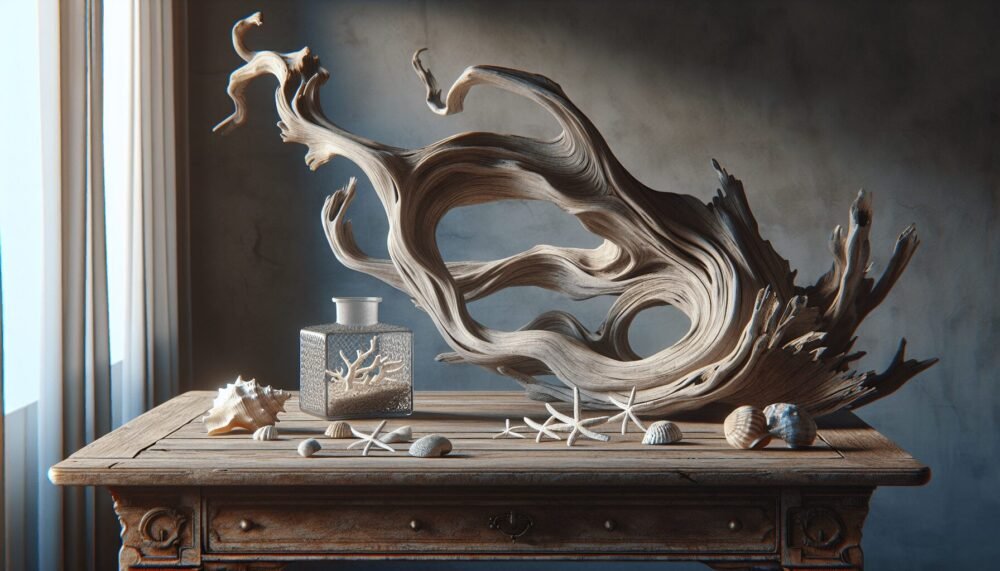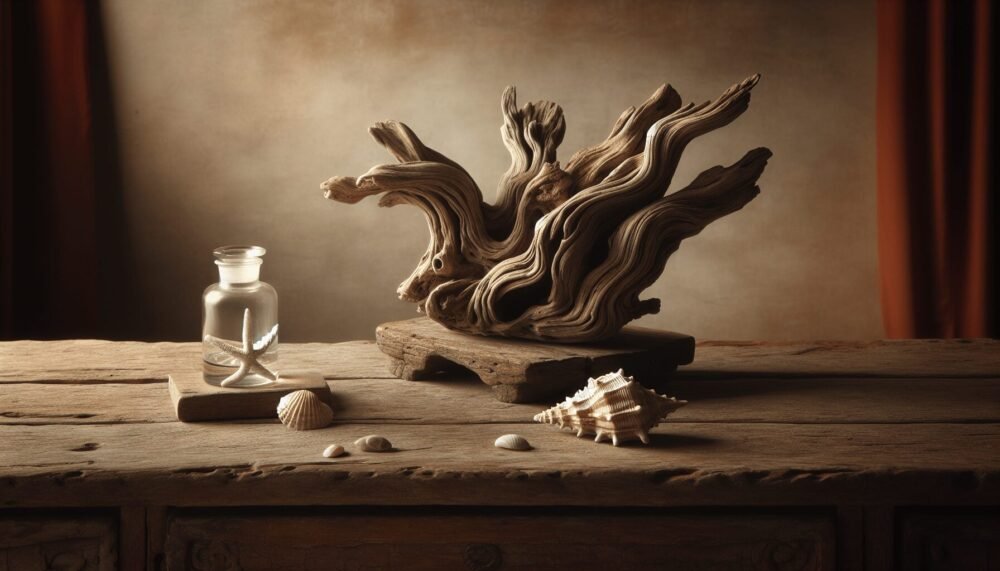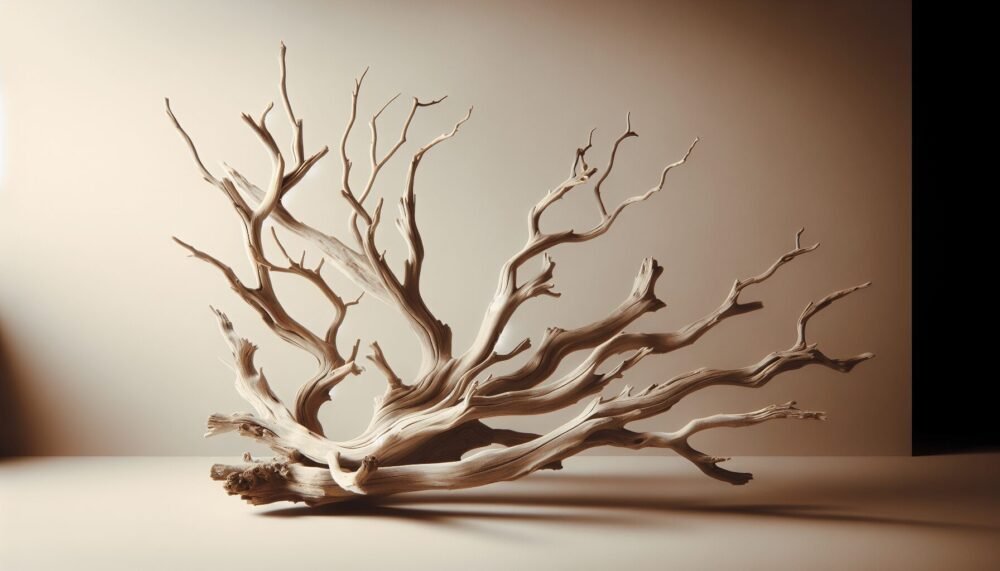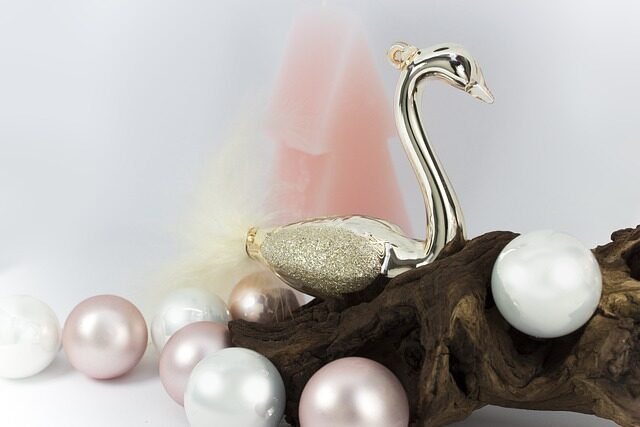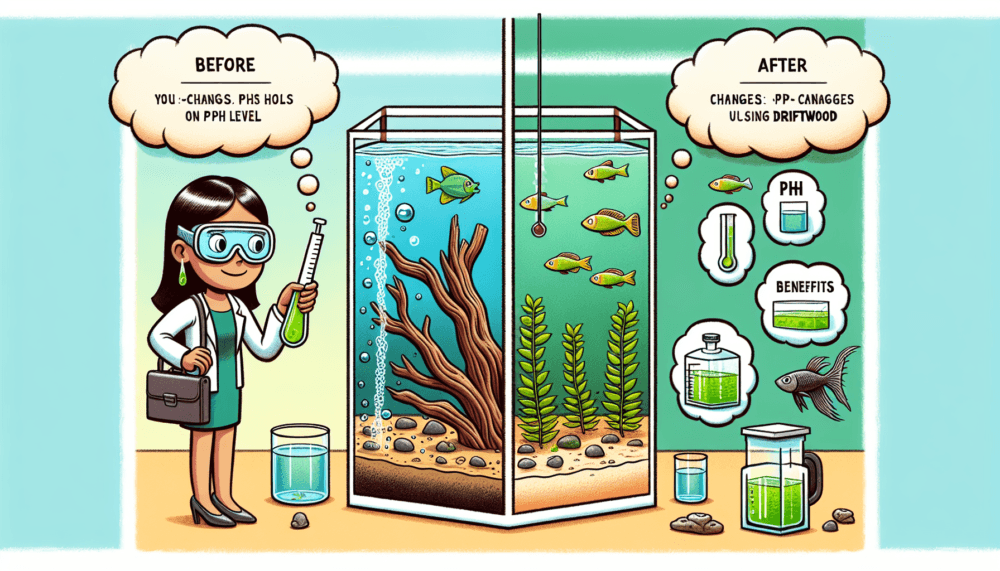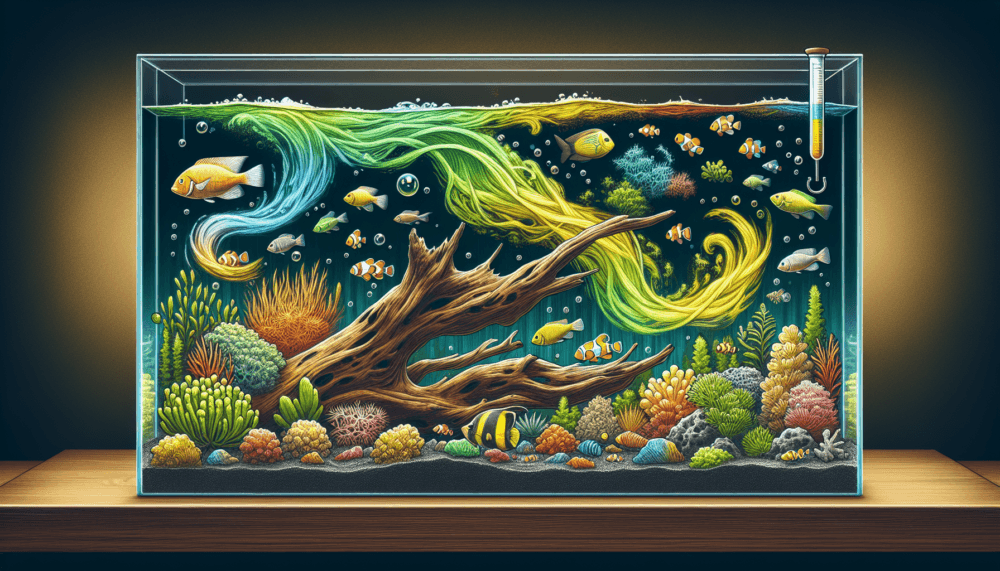Transform your living space into an enchanting oasis with the natural beauty of driftwood flower arrangements. These stunning pieces combine the rustic charm of weathered wood with the delicate elegance of fresh or dried flowers, creating a unique and captivating display. Imagine the soft, earthy hues of driftwood interwoven with vibrant blooms, bringing a touch of the seaside right into your home. Whether you’re looking to add a centerpiece to your dining table or a serene accent to your living room, driftwood flower arrangements are a perfect blend of nature’s artistry and your personal style. Explore this guide to discover creative ideas and tips to craft your own breathtaking compositions. Have you ever found yourself mesmerized by the natural beauty of driftwood and wondered how you could incorporate it into your home decor? If so, you’re in for a treat! In this friendly guide, we’re going to dive into the world of driftwood flower arrangements. We’ll explore how these extraordinary pieces of nature can be beautifully combined with flowers to create unique and eye-catching decorations.

What is Driftwood?
The Basics of Driftwood
Driftwood is wood that has been washed onto the shore by the forces of tides, waves, or winds. Over time, it becomes smoothed and polished, making it an intriguing material with a rustic, weathered charm. It’s often considered nature’s artwork.
How Driftwood is Formed
Driftwood typically begins its journey as a part of a tree, either from the forest or from human activities that have left wood in the water. Once the wood is in the water, it can travel for miles, being shaped and smoothed by the elements before it finally reaches the shore.
Characteristics of Driftwood
Each piece of driftwood is unique, characterized by its shape, size, texture, and color. The wood’s journey through the water also determines its level of smoothness and any natural holes or crevices it may have, which can add to its aesthetic appeal.
Benefits of Using Driftwood in Flower Arrangements
Natural Beauty
Driftwood brings an organic, artistic element to flower arrangements. Its natural textures and forms provide a stunning contrast to the soft, colorful petals of flowers.
Versatility
The versatility of driftwood allows you to use it in various types of arrangements, whether you’re going for a rustic, coastal, or even modern look. It can be used as a base, a backdrop, or even as a central focus of the arrangement.
Eco-Friendly Decor
Using driftwood is an environmentally friendly choice. It repurposes an existing natural material, which means you’re decorating sustainably without the need for artificial products.
Choosing the Right Driftwood for Your Arrangements
Selecting Driftwood Pieces
When choosing pieces of driftwood for flower arrangements, consider the size, shape, and texture. Smaller, delicate pieces might be ideal for tabletop arrangements, while larger, more robust pieces can serve as striking centerpieces.
Driftwood Condition
Ensure the driftwood is dry and free of any mold or decay. If necessary, you can clean and treat the driftwood to preserve its beauty and longevity.
Complementary Flowers
Think about the type of flowers you want to use. Soft, delicate flowers like orchids or roses can beautifully contrast with the rough texture of driftwood, while more robust flowers like sunflowers or lilies can complement larger driftwood pieces.
Preparing Driftwood for Arrangements
Cleaning Driftwood
Before using driftwood in your arrangements, it’s important to clean it properly. Soak the driftwood in a mixture of water and bleach (approximately 9 parts water to 1 part bleach) for 24 hours. Rinse thoroughly and leave it to dry completely.
Sealing Driftwood
Sealing the driftwood can help to preserve it and protect it from moisture. Use a clear wood sealer or polyurethane spray, applying a couple of coats and allowing it to dry between each application.

Creating Driftwood Flower Arrangements
Materials Needed
Before you start creating your driftwood flower arrangement, gather the following materials:
| Material | Purpose |
|---|---|
| Driftwood | Base or centerpiece |
| Flowers | Main decorative elements |
| Floral foam | Securing flowers |
| Floral wire | Stabilizing and attaching flowers |
| Wire cutters | Cutting floral wire |
| Pruners | Trimming flower stems |
| Waterproof adhesive | Securing driftwood and floral foam |
| Decorative moss or stones | Enhancing the arrangement’s aesthetics |
Step-by-Step Guide
Follow these steps to create your own stunning driftwood flower arrangement:
Plan Your Design: Before you start assembling, visualize how you want your arrangement to look. Decide whether the driftwood will be the base, backdrop, or focal point.
Attach Floral Foam: Use waterproof adhesive to secure the floral foam to the driftwood. This will hold the flowers in place and keep them hydrated.
Trim and Prepare Flowers: Use pruners to trim the flower stems to the desired length. Remove any leaves that may be submerged in the floral foam to keep the water clean.
Insert Flowers into Foam: Starting with the largest flowers, insert the stems into the floral foam at different angles. Fill in with smaller flowers and greenery to create a balanced look.
Secure with Floral Wire: If necessary, use floral wire to stabilize the flowers and driftwood. This is especially useful for larger arrangements or if the driftwood has uneven surfaces.
Add Decorative Touches: Enhance your arrangement with decorative moss, stones, or other natural elements to hide the floral foam and complete the look.
Maintenance Tips
To keep your driftwood flower arrangement looking fresh, follow these maintenance tips:
- Watering: If you’re using fresh flowers, ensure the floral foam remains moist. Add water every couple of days to keep the flowers hydrated.
- Trimming: Regularly trim the stems of fresh flowers to extend their life. Remove any wilted flowers promptly.
- Cleaning: Dust the driftwood and surrounding areas gently to keep the arrangement looking pristine.
Creative Ideas for Driftwood Flower Arrangements
Coastal Theme
For a coastal-themed arrangement, combine driftwood with blue and white flowers, seashells, and small starfish. This evokes a beach atmosphere and looks stunning in seaside homes.
Rustic Charm
Use driftwood with earthy tones and wildflowers for a rustic charm. Adding elements like burlap, twine, or small pieces of bark enhances the rustic feel.
Modern Minimalism
For a modern look, pair sleek, minimalist driftwood pieces with monochromatic flowers. White or deep red flowers can provide a contemporary touch, making the arrangement sophisticated and stylish.
DIY Driftwood Projects
Driftwood Wall Hanging with Flowers
Create a beautiful wall hanging by attaching small bouquets of dried flowers to a long piece of driftwood using floral wire. This makes a perfect living room focal point or a unique hallway decoration.
Driftwood Table Centerpiece
For an eye-catching table centerpiece, use a large piece of driftwood as the base. Arrange a mix of fresh and dried flowers along the length of the driftwood, adding candles for a warm, inviting glow.
Driftwood Wreath
Craft a driftwood wreath by attaching small, curved pieces of driftwood in a circular shape. Adorn the wreath with seasonal flowers and foliage for a striking door decoration.
Driftwood Safety Considerations
Handling Driftwood
Always wear gloves when handling driftwood to protect yourself from splinters and any sharp edges.
Environmental Impact
While sourcing driftwood, ensure you’re not disturbing protected areas or wildlife habitats. Collect driftwood responsibly to maintain the natural balance of coastal environments.
Conclusion
Driftwood flower arrangements allow you to bring a touch of nature’s whimsy into your home decor. The unique combination of rugged, earthy driftwood with delicate, colorful flowers creates decor that’s both striking and serene. Whether you prefer a coastal theme, rustic charm, or modern minimalism, driftwood can be adapted to suit your style. So next time you find an interesting piece of driftwood, don’t just leave it on the beach—take it home and let your creativity flow into a beautiful flower arrangement!


